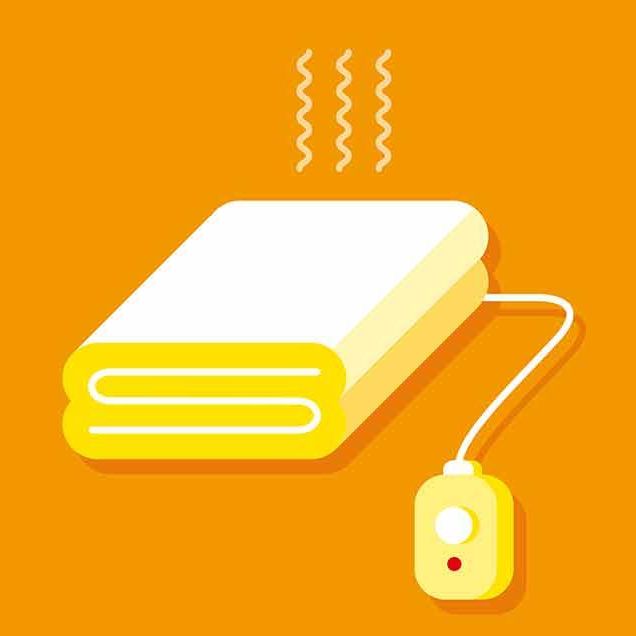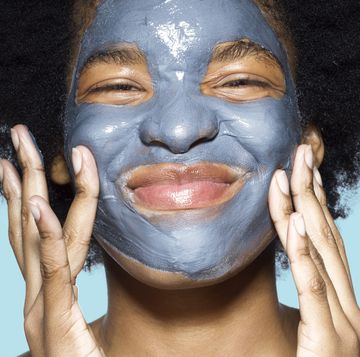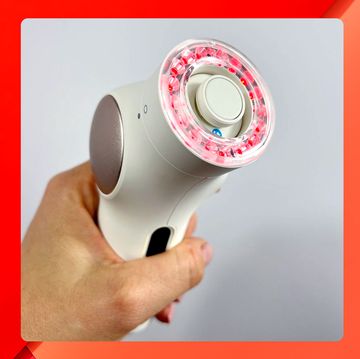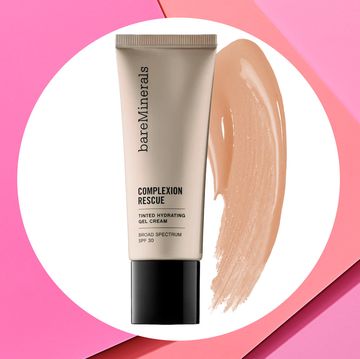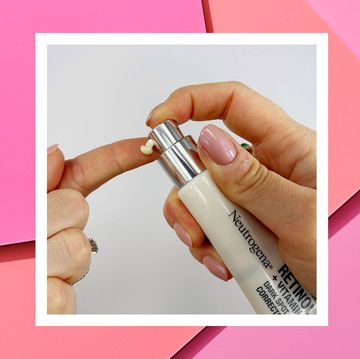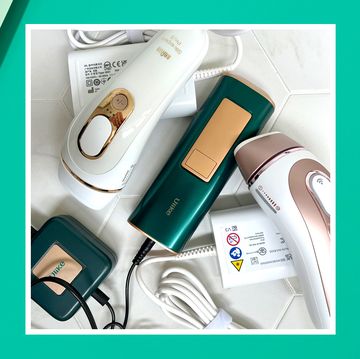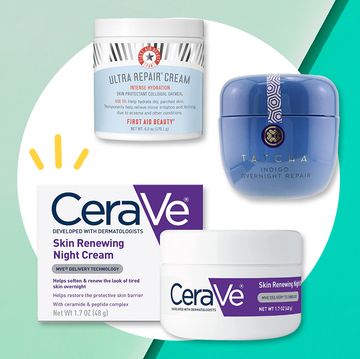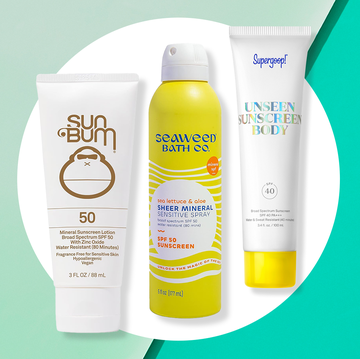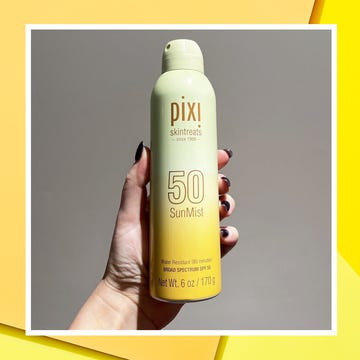This article was written by Marygrace Taylor and provided by our partners at Prevention.
Your beloved electric blanket or space heater never fails to keep you cozy on cold, drafty days. And while you might already know that hanging out near (or under) these heat sources could leave your skin drier than usual, they can also come with a more dangerous downside. (Lose up to 25 pounds in two months—and look more radiant than ever—with Prevention's new Younger In 8 Weeks plan!)
Turns out, they can actually burn you. Erythema ab igne, or toasted skin syndrome, is a condition that can occur when your skin is chronically exposed to low-level, infrared heat sources. In addition to electric blankets and space heaters, these can also include heated car seats and heating pads.
RELATED: 5 Surprising Strategies To Prevent Dry Winter Skin
The heat can cause damage to your skin's top layers and the superficial veins that sit underneath. That can result in hyperpigmentation, usually in the form of a mottled, lace-like pattern that follows the veins under your skin. "The infrared radiation is creating a toxic insult to the skin. It's basically one step before a burn," says Mona Gohara, M.D., associate clinical professor of dermatology at Yale University. The condition often makes skin itchy, and over time, could even increase the risk for skin cancer.
If you only pull out the electric blanket or space heater when the Polar Vortex blows through, you probably don't need to worry. But if you use these sorts of things on a daily basis, you could be putting your skin at risk. "It's unlikely to happen from being exposed just once or twice," says Gohara. "But if you're using it every day or night, the condition can occur after a few months."
RELATED: 5 Ingredients To Avoid If You Have Dry Skin
So how can you protect your skin? Sorry, steering clear of infrared heat sources really is your best bet, says Gohara. If you do need to use them once in a while to stay warm, apply a thick moisturizer like Vaseline Intensive Care Advanced Repair Lotion ($3, amazon.com), which works as a barrier to help protect your skin. And if you notice any hyperpigmentation, see your dermatologist. Usually, the dark spots will clear up on their own in a few months, but it's still a good idea to keep your doc informed.

